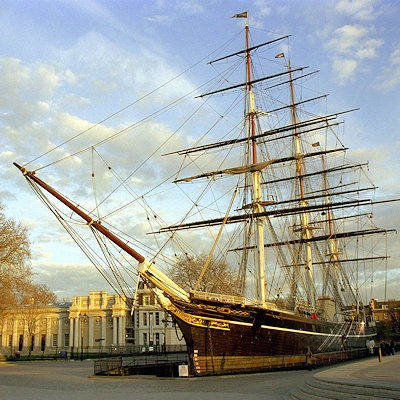
Like us on Facebook
PLACE NAMES


 
|
|
Greenwich
|

|
|
 | Pepys House, 2 Cutty Sark Gardens, Greenwich - 0870 608 2000
St. Paul's Churchyard, London - 020 7332 3456
tic@visitgreenwich.org.uk
|
Greenwich is an early-established district of today's London, England, centred 5.5 miles (8.9 km) east south-east of Charing Cross. The town lends its name to the Royal Borough of Greenwich.
Greenwich is generally described as being part of South-east London and sometimes as being part of East London. The town gives its name to one of the five boroughs of the London Docklands, and is connected to areas with docks of London historically by river and today to Canary Wharf and other districts by the Docklands Light Railway.
Greenwich is notable for its maritime history and for giving its name to the Greenwich Meridian and Greenwich Mean Time. The town became the site of a royal palace, the Palace of Placentia from the 15th century, and was the birthplace of many Tudors, including Henry VIII and Elizabeth I. The palace fell into disrepair during the English Civil War and was rebuilt as the Royal Naval Hospital for Sailors by Sir Christopher Wren and his assistant Nicholas Hawksmoor. These buildings became the Royal Naval College in 1873, and they remained an establishment for military education until 1998 when they passed into the hands of the Greenwich Foundation. The historic rooms within these buildings remain open to the public; other buildings are used by University of Greenwich and Trinity Laban Conservatoire of Music and Dance.
The town became a popular resort in the 18th century and many grand houses were built there, such as Vanbrugh Castle (1717) established on Maze Hill, next to the park. From the Georgian period estates of houses were constructed above the town centre. The maritime connections of Greenwich were celebrated in the 20th century, with the siting of the Cutty Sark and Gipsy Moth IV next to the river front, and the National Maritime Museum in the former buildings of the Royal Hospital School in 1934. Greenwich formed part of Kent until 1889 when the County of London was created.
The place-name 'Greenwich' is first attested in a Saxon charter of 918, where it appears as Gronewic. It is recorded as Grenewic in 964, and as Grenawic in the Anglo-Saxon Chronicle for 1013. It is Grenviz in the Domesday Book of 1086, and Grenewych in the Taxatio Ecclesiastica of 1291. The name means 'green wic or settlement' (from the Latin 'vicus').
The settlement later became known as East Greenwich to distinguish it from West Greenwich or Deptford Strond, the part of Deptford adjacent to the Thames, but the use of East Greenwich to mean the whole of the town of Greenwich died out in the 19th century. However, Greenwich was divided into the registration subdistricts of Greenwich East and Greenwich West from the beginning of civil registration in 1837, the boundary running down what is now Greenwich Church Street and Crooms Hill, although more modern references to "East" and "West" Greenwich probably refer to the areas east and west of the Royal Naval College and National Maritime Museum corresponding with the West Greenwich council ward. An article in The Times of 13 October 1967 stated:
East Greenwich, gateway to the Blackwall Tunnel, remains solidly working class, the manpower for one eighth of London's heavy industry. West Greenwich is a hybrid: the spirit of Nelson, the Cutty Sark, the Maritime Museum, an industrial waterfront and a number of elegant houses, ripe for development.
 Feel free to Email me any additions or corrections Feel free to Email me any additions or corrections
LINKS AVAILABLE TO YOUR SITE
| | |





